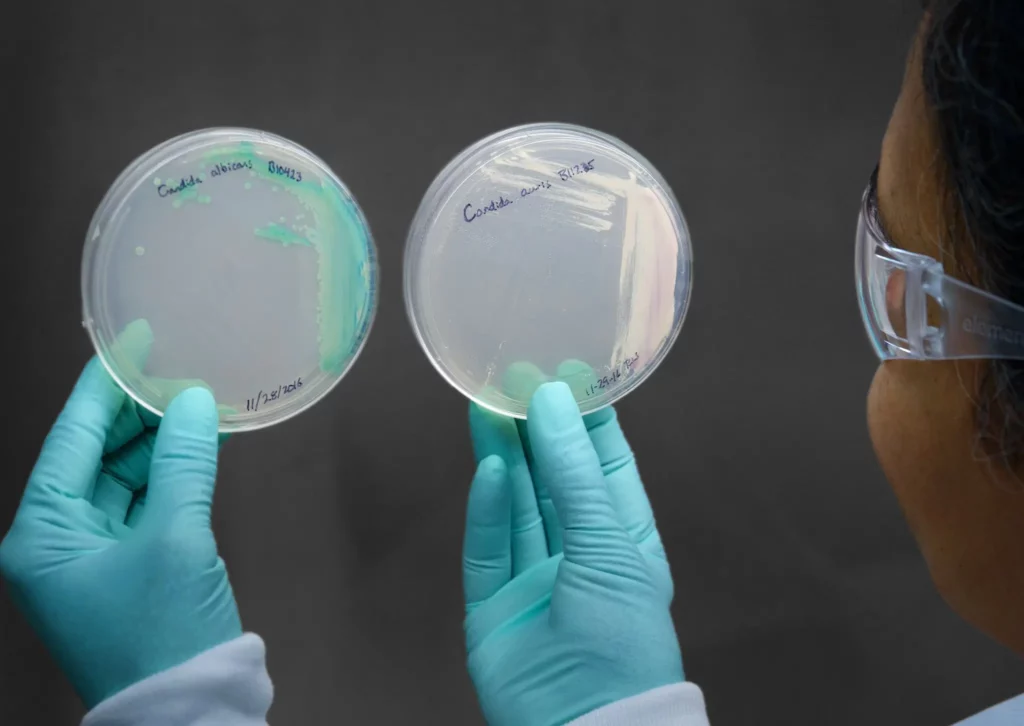The World Health Organization (WHO) released a ranking of fungi that threaten human health in an effort to draw attention to pathogens that are largely overlooked. They are the “forgotten” infectious disease, the WHO said, asking public health officials and drug developers to pay closer attention as they’ve become widespread and deadly.

The WHO listed 19 invasive fungal diseases, including four of “critical priority,” that collectively kill 1.3 million people and contribute to the death of five million others every year. Many of the deaths happen among people with cancer, tuberculosis, H.I.V and other underlying health conditions that make them more vulnerable to infection.
The Covid-19 pandemic has also led to a spike in fungal infections among patients who end up in intense care units, with pathogens that flourish and invade the body through intravenous lines and breathing tubes, the WHO said. Climate change has also helped to increase the prevalence and geographical range of some of the fungal infections.
“The bottom line is that invasive fungal infections are becoming more prevalent, but frequently they are not recognized in patients and not correctly treated,” Carmem L. Pessoa-Silva, a W.H.O. official focused on disease surveillance and control, said at a news conference this week. “We do not have a real sense of the size of the problem.”
Deadly fungal diseases
The report, which involved over 400 mycology experts and a review of more than 6,000 research papers, ranked fungal pathogens based on risk of resistance to drugs and public health impacts. Of the most common 19, four are part of the critical group: Cryptococcus neoformans, Aspergillus fumigatus, Candida albicans, and Candida auris.
Aspergillus and Cryptococcus are invasive fungi that can infect the lungs, causing pneumonia-like symptoms. Candida albicans lives on the skin and inside the body without causing problems. But if it grows out of control, it can result in vaginal yeast infection. Candida auris is often multidrug-resistant, but little is known about it so far.
The list of fungi follows the 2017 Bacterial Priority Pathogens List, which the WHO created to direct resources to bacterial infections that were under-researched and posed the greatest threats to global health. Now, the hope is that with the release of the Fungal Priority Pathogen List policymakers will have guidelines to do the same.
There are four classes of antifungal medicines for invasive fungal disease, and most of them are toxic even at low doses. A new class to treat severe diseases hasn’t been approved in 20 years. Fungal infections get less than 1.5% of all infectious-disease research funding, the WHO said. Several antifungal drugs are now in development.
“We need more data and evidence on fungal infections and antifungal resistance to inform and improve response to these priority fungal pathogens” Haileyesus Getahun, WHO Director, said in a statement. “Countries are encouraged to follow a stepwise approach, starting with strengthening their fungal disease laboratory and surveillance capacities.”
The list of the most dangerous fungi
The critical group
- Cryptococcus neoformans;
- Candida auris;
- Aspergillus fumigatus;
- Candida albicans.
The high group
- Nakaseomyces glabrata (Candida glabrata);
- Histoplasma spp;
- eumycetoma causative agents;
- Mucorales;
- Fusarium spp.;
- Candida tropicalis;
- Candida parapsilosis.
The medium group
- Scedosporium spp.;
- Lomentospora prolificans;
- Coccidioides spp.;
- Pichia kudriavzeveii (Candida krusei);
- Cryptococcus gattii;
- Talaromyces marneffei;
- Pneumocystis jirovecii;
- Paracoccidioides spp.









